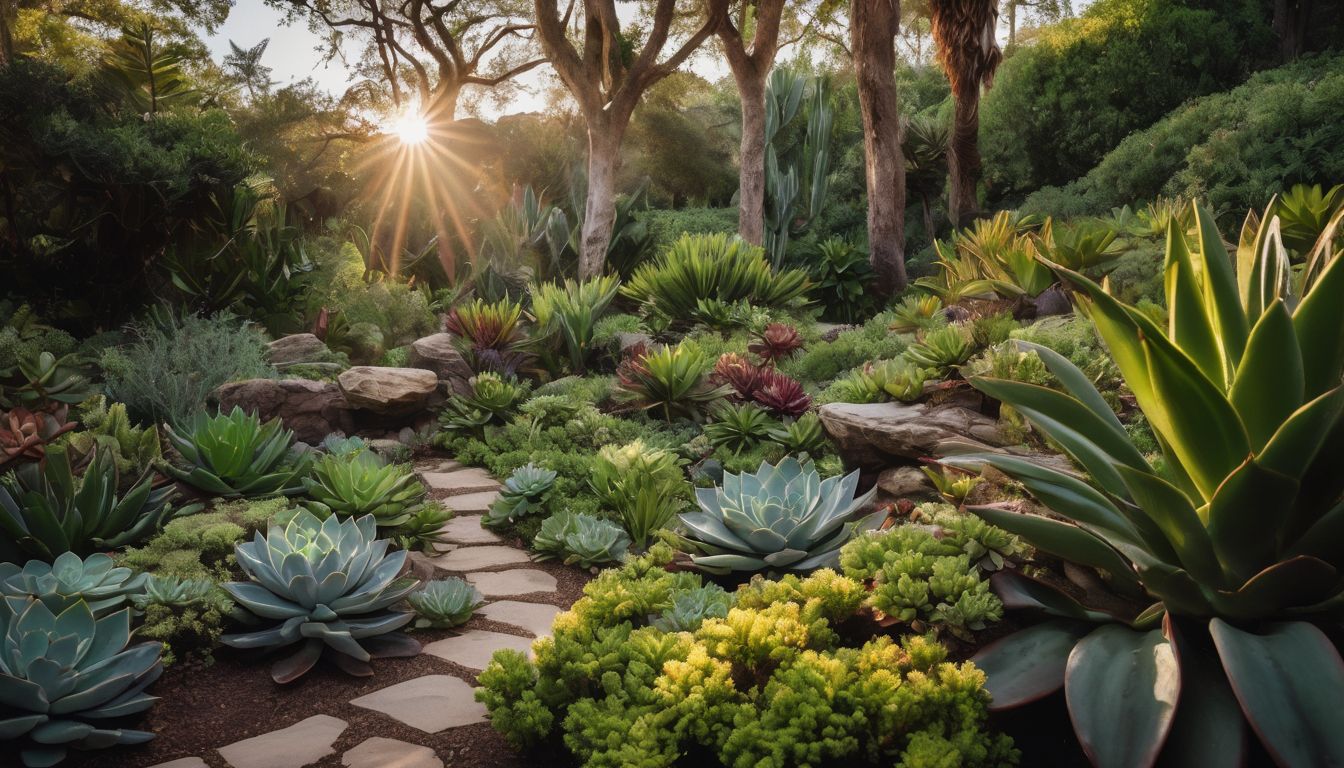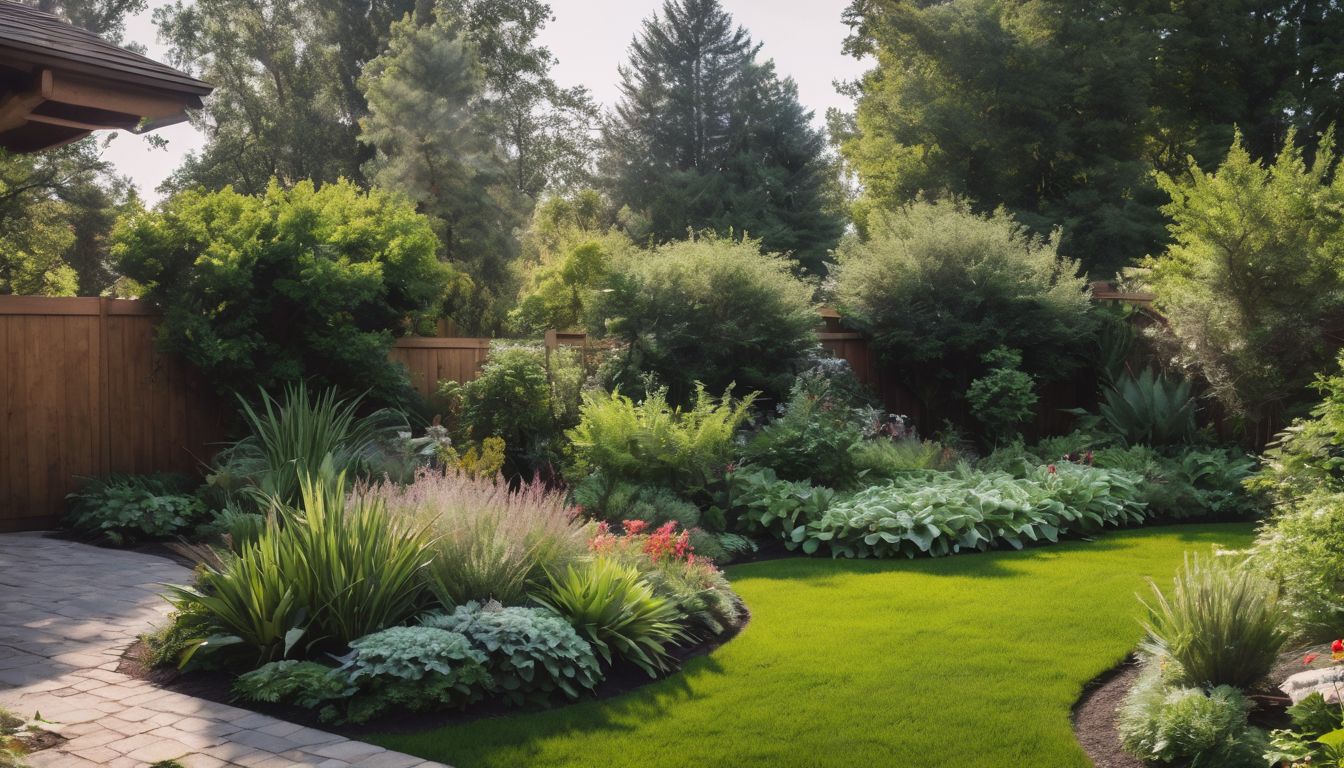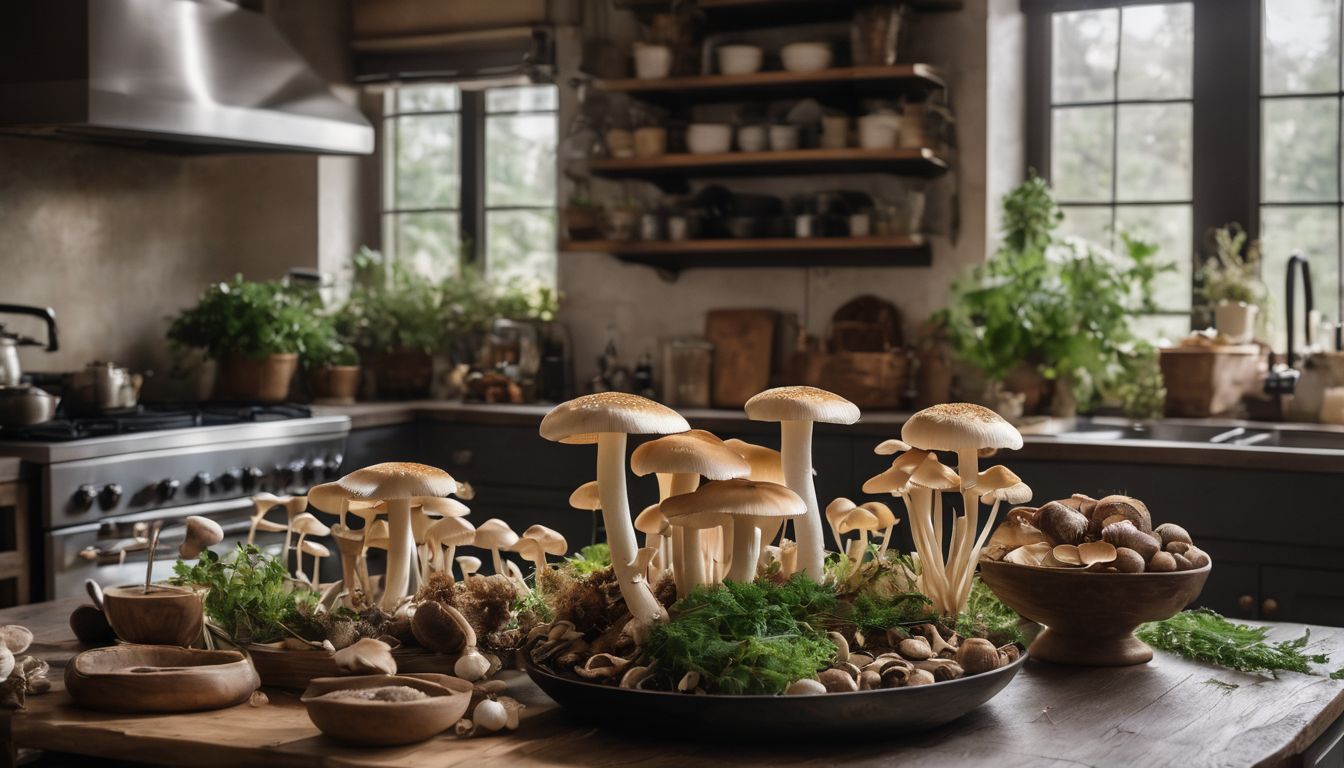A lot of gardeners own a greenhouse because they’re great for their plants. Of course, not everyone can afford the big greenhouses that professionals maintain. For the novice or amateur gardener with only a few rows of plants, try building your own mini-greenhouse! It’s good for your plants, good for the environment, and good for your wallet.
Benefits for your plants: Greenhouses are great for plants in a cold environment. These mini-greenhouses will lock up the sun’s heat, keeping your plants from freezing or withering during winter and fall. Instead of worrying about whether your plants are surviving, why not let them enjoy the heated environment of a mini-greenhouse?1
Benefits for the environment: Healthy, thriving plants are always good for the environment. The herbs, vegetables, or flowers you grow at home are something that you won’t be buying at the grocery store or flower shop. That lowers the carbon emissions of your food, helping to reduce your total carbon footprint.2
Benefits for your wallet: You could buy a pre-made greenhouse costing anywhere from $65 to $400.3 Why not save yourself the expense and spend around $10 to $30 instead?4 By spending a little on a greenhouse, you can also waste less money on plants that die every winter in the cold, when temperatures unexpectedly fall, or when there are mega-storms.
Time and effort: Moderate
Each of these mini-greenhouse projects shouldn’t take more than a couple of hours.
Cost: Low
One of the great things about the mini-greenhouse is that if you have all the tools, the materials cost only about $10 to $30.5
Greenhouse on Soil/Raised Planter Bed
If you already have a garden or planter bed in your backyard, just build a mini-greenhouse around it!
Materials:
18 feet of ½” PVC or Flexible Copper Tubing
4-8 2-foot Stakes (depends on the size of the garden/planter)
Mallet or Hammer
Hack Saw6 or Pipe Cutter
25 feet of 4-6 mm Plastic Sheeting
Scissors
Zip Ties7
Directions:
- Using a mallet or hammer, pound 4 stakes 18 inches deep into each corner of the planting. Add another two stakes at mid-length for 6-foot long gardens, another 4 stakes for 9-foot gardens or another 6 stakes for 12-foot gardens.
- Using the hack saw, cut the 18 feet of PVC or flexible copper tubing into 3 equal sections, each 6 feet long.
- Now you will be creating an arch with the PVC/tubing. Slide one end of the PVC/tubing over a corner stake.
- Bend it downwards toward the opposite corner (width-wise) and slide the PVC/tubing over the stake at that corner.
- Using the plastic sheeting, cover the PVC/tubing frame until each side reaches the ground.8 Leave or cut an opening in one side of the plastic sheeting so you have a place to get in.
- Using a pair of scissors, poke holes in the plastic, in rows of two, across the circumference of the frame.
- Thread the zip ties through the holes and tie the plastic sheeting to the frame.
- You’re done! Enjoy your garden greenhouse!
NOTE: These instructions are for a planter/garden that is around 3 feet wide, and between 3-12 feet long. You can still try it with smaller or bigger gardens/planters, but it may be difficult to bend the PVC or tubing or to keep it standing erect.
Patio Greenhouse
Don’t have dirt in your backyard? No problem! This greenhouse is perfect for keeping large potted plants warm in your backyard.
Materials:
4 10-foot sections of ½” PVC pipe
4 ½” Corner Elbow Connectors
4 ½” Corner Adapters
25 feet of 4-6 mm Plastic Sheeting
Purple Primer
PVC Cement
Hack Saw or Pipe Cutter
Scissors
Zip
Ties
Directions:
- Using the pipe cutter, cut 2 of the10-foot sections of PVC in half, making 4 5’ sections.
- Using the purple primer, swab the ends of the 4 5-foot sections of PVC pipe. Also swab the inside of the elbow pieces, avoiding the threaded ones. Wait for the primer to dry.
- Using PVC cement, connect the ends of 2 5-foot sections of PVC pipe with an elbow connector on each end.
- Using PVC cement, connect the 2 10-foot sections of pipe to an unthreaded end of elbow connectors attached to the 5-foot section, creating two separate L-shapes. Wait a few minutes for it to dry.
- Position one L-shape so that the 5-foot section is on the ground and the 10-foot section is sticking up in the air.
- Bend the top of the 10-foot section down towards the other unthreaded hole in the elbow attached to the 5-foot section. Connect using PVC cement and wait for it to dry.
- Lay this D-shape onto a piece of plastic sheeting. Trace the D-shape 6 inches out, making the plastic cover more than the frame itself.
- Cut 5 equally spaced 3-inch cuts on the curve of the plastic, cutting towards the center of the D, essentially creating a pleating effect.
- Cut the two bottom corners off in squares so that the corner of the empty square reaches the PVC frame.
- Poke holes in the plastic near the frame so that you can loop zip ties through them, tying the plastic pleats around the frame.
- Repeat this process for the other L-shape.
- Screw the 4 threaded corner adapters into the 4 remaining threaded hole of the elbow.
- Attach the two D-shapes by sticking the 2 5-foot sections into the 4 adapter holes.
- Lay the plastic sheeting over the two D-shape frames.
- Attach them to the frame using the same poking and tying method as with the D-frame itself.
- Put some potted plants inside the greenhouse.9
You’re done! Enjoy your patio greenhouse!
Indoor Herb Greenhouse
If your house sometimes gets too cold to grow herbs, try building an indoor-mini-mini-greenhouse to help keep them warm at night.
Materials:
Cardboard Box (at least 6 inches deep)
2-3 Wire Coat Hangers
Wire Cutters
25 feet of 4-6 mm Plastic Sheeting
Plastic Bags
Directions:
- Line the inside of the cardboard box with the heavy plastic sheeting, taping it to the inside of the box. Be sure not to leave any room on the corners for water to seep through.
- Fill up the planter with soil.
- Using wire cutters, cut off the hook of the coat hangers and untwist the rest of the coat hanger.
- Bend the wires into a U-shape.
- Stick the U-shaped wires upside-down into the soil of the box, so that the two wire edges fit neatly against 2 corners of the box.
- Do the same with a second wire for the other corner.
- If the box is longer than it is wide, consider sticking a third U-shaped wire in the middle of the other two. This should help to prevent the plastic sheeting from drooping onto the plants in the middle of the box.
- Plant and water the seeds of vegetables or herbs. Some good herbs to use are parsley, sage, mint, thyme, rosemary, and lemon balm.
- Try to fit the plastic grocery bags over all the U-shaped wires.
- If it doesn’t fit, cut down the edges of grocery bags to make an elongated plastic sheet. Lay the sheets over the wires until they make an uninterrupted layer over the wires.
- Tuck the plastic bags in between the wire and the cardboard box on each side. This helps to prevent condensation on the inside of the plastic from dripping outside the box.
- Staple the plastic to the cardboard inside the box, allowing one side to remain loose so you can access your plants.
- Put your mini-greenhouse in a sunny area of your house, like near a window that gets a lot of sunlight.10
You’re done! Enjoy your herb greenhouse!




